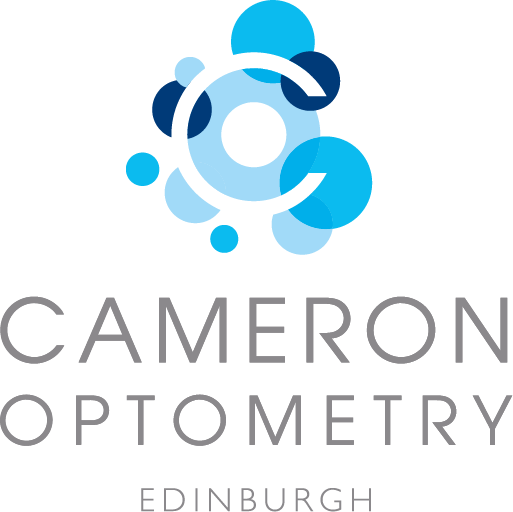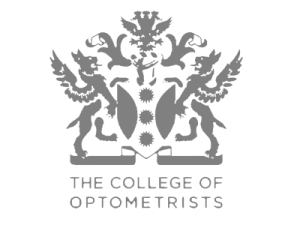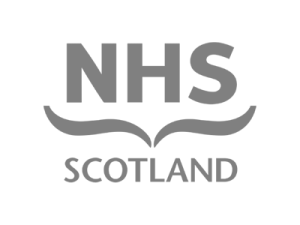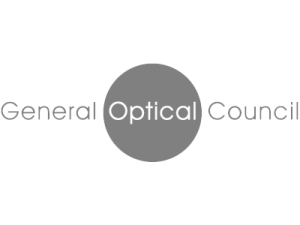When Anna and Chloe came to the practice in 2019, Anna was already short-sighted, using standard glasses to correct her vision. She had tried wearing soft contact lenses but found them tricky to handle, so her myopia was progressing as would be expected when the condition is left. Her sister, Chloe, showed initial signs of myopia and with a family history of high levels of myopia, we advised their parents that myopia management could reduce the risk of the imminent progression.
Why was this a problem?
A higher prescription is not only an inconvenience causing poorer vision without glasses or contact lenses but all myopia, and especially higher prescriptions, is linked to an increased risk of developing eye diseases such as glaucoma, retinal detachment, myopic macular degeneration and cataract in later life. Each dioptre increase in myopia results in 67% increased risk of myopic macular degeneration.
Myopia management aims to slow down the progression of myopia (short-sightedness) in children and young adults through lifestyle changes, the use of specialised contact lenses and specially designed spectacle lenses. It is unlikely that myopia management will stop the progression of myopia completely.
Specialised lenses
Anna tried myopia management soft contact lenses, but found putting them in too difficult. So when myopia management spectacle lenses were introduced in 2021 we suggested them to her. Chloe started to become myopic around the same time, so both girls were dispensed myopia management spectacle lenses. Whilst the glasses look exactly as they would with standard lenses, these lenses slow the progression of myopia by up to 60%. The statistics on the glasses lenses were strong, so we were keen to see the results for ourselves with our own patients.
So far, so good
Now with almost two years worth of data under our belts, we see that their myopic progression has slowed dramatically. They’re actually going down the centiles when we measure axial length (length of the eye) which shows the glasses are working very well.
Left untreated, the expectation is that every year a child’s short-sightedness will get worse. If they first showed signs of myopia when they were 10, we might expect it to deteriorate by half to one diopter each year, which means by the time they reach adulthood, they could have a prescription of -4 to -8, medium to high levels.
Unsurprisingly, the family is delighted. With a parent with a high prescription, having the ability to reduce the rate of myopia in future generations is something they could never have imagined would be possible. For those of us who grew up in the 80’s and 90’s, there was no option but to let levels of myopia progress naturally. Now there is an option to halt that trend. Many, understandably, don’t know about the numerous options available now, including soft lenses, overnight lenses, and spectacle lenses.
For further information, please visit our website cameronoptom.com/myopia and if you would like to explore this further, please book an appointment with one of our optometrists by calling 0131 225 2235.













